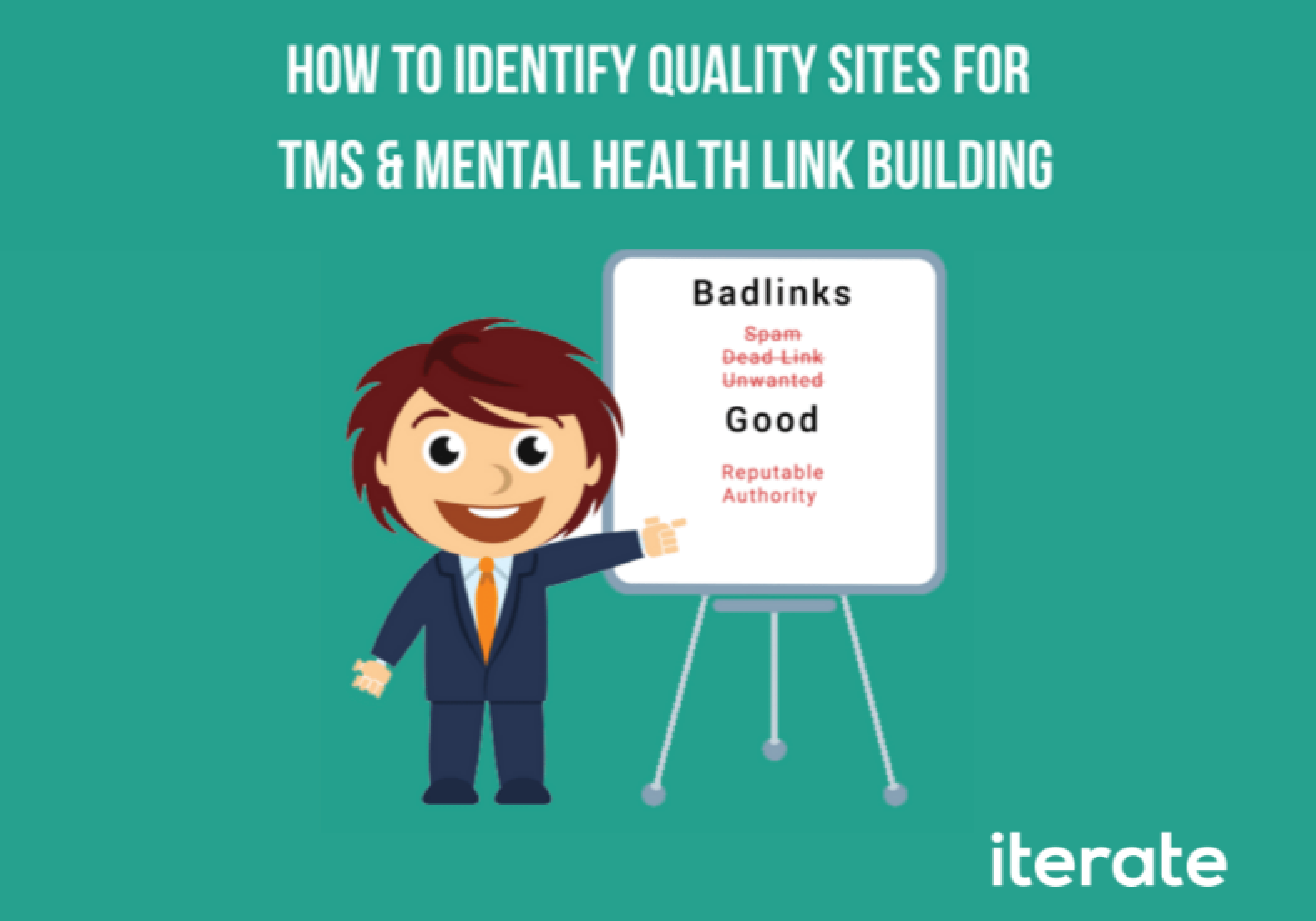Good marketing demands outside-of-the-box thinking and evolving strategies that may outpace the output of standard tactics. In the rush to find something that works, many site owners, SEOs, Marketers, and digital strategists may forget that Google isn’t the only pony in town that affects a company’s bottom line.
You can leverage Amazon’s absurdly long product titles (256 characters!) to associate every industry specific keyword you’d like with your previously unrecognized product line. Best of all, once Google indexes your new keyword-stuffed page your product will benefit from Amazon’s high domain authority and rapport with consumers. This effect can be especially dramatic in many industrial markets where the average domain authority peaks in the mid-40s.
A targeted strategy that positions your product lines on Amazon can have dramatic effects for the rest of your customer offerings. For companies (especially young ones) that are attempting to build market share in B2C or B2B industries dominated by one playerm Amazon keyword stuffing can be a powerful strategy for market penetration.
“The way to build user trust is to rub shoulders with the best brands out there.”
Making this work in practice.
So, what does this tactic look like in real life? Take a market in the U.S. like the doll market. Its worth billions of dollars, and dominated by two big names, Barbie and American Girl. Why am I choosing this market, you say? Well for one I wouldn’t impinge on a successful client tactic but secondly the market feels emblematic of many I’ve interacted with.
For American Girl there is one major name in the market and every kid on the block feels like they’re getting a crash course from their parents on the tyrannies of elastic demand and imperfect substitution. Welcome to Life 101, kids.
This market reminds me of many B2Bs and B2Cs where everyone wants that flagship product from the blue-chip company but we’ve been brought in to convince them our client has a better product (and they usually do).
The way to build user trust is to rub shoulders with the best brands out there. Search for any variation of 18-inch doll and you’re bound to see American Girl, because it’s their market. I’ll have to hand it to the little company whose Amazon post I’m about to dissect, they don’t even have a proper website and are instead running off of a blogspot page and still selling with the best of them. (Do the low-margins make you tingle?)
Their product entry has three high value keywords right in the title: ’18 inch doll’, ‘American Girl Doll Furniture’ and ‘18” Doll Furniture.’ Sure they are selling a bathtub, but by the time I finish reading that all I hear as a parent is, “This works, this is cheaper than the name brand, and my daughters to young to notice.” As a marketer all I see read is ‘money bathtub with shower money & More! money.’
Want to know why?
Boom, that’s why. Type in American Girl Bathtub, and suddenly you’re outranking the name brand every kid on the block wants with the #1 spot in the SERPs and a product pic in the carousel before they even come in at third and fourth.
What are the caveats?
Go right ahead if your company is a young entrant in a market where it’s strangled out of Organic Google’s SERPs by large players who own every keyword you wish you could show investors. Leveraging Amazon for a select vertical and then ditching it once you’ve established brand equity in other more competitive product lines or service offerings can be a viable self-created inflection point.
Even if you have an established business, but are finding it hard to gain market awareness in a narrow industry, Amazon can create the proper product recognition that drives brand lift across product lines.
The problem with this strategy is that it won’t work for everyone and it’s short-sighted. If Amazon is your main competition, the fact that they host every mislabeled upstart that causes friction for customers is a massive problem to your reputation because it reflects poorly on the industry. It is utterly short-sighted because if you’re not building brand equity and offering some of the best customer service around it can be hard to scaffold Amazon anchored market penetration into viable brand loyalty overtime. Truly it’s a powerful short-term tactic.






